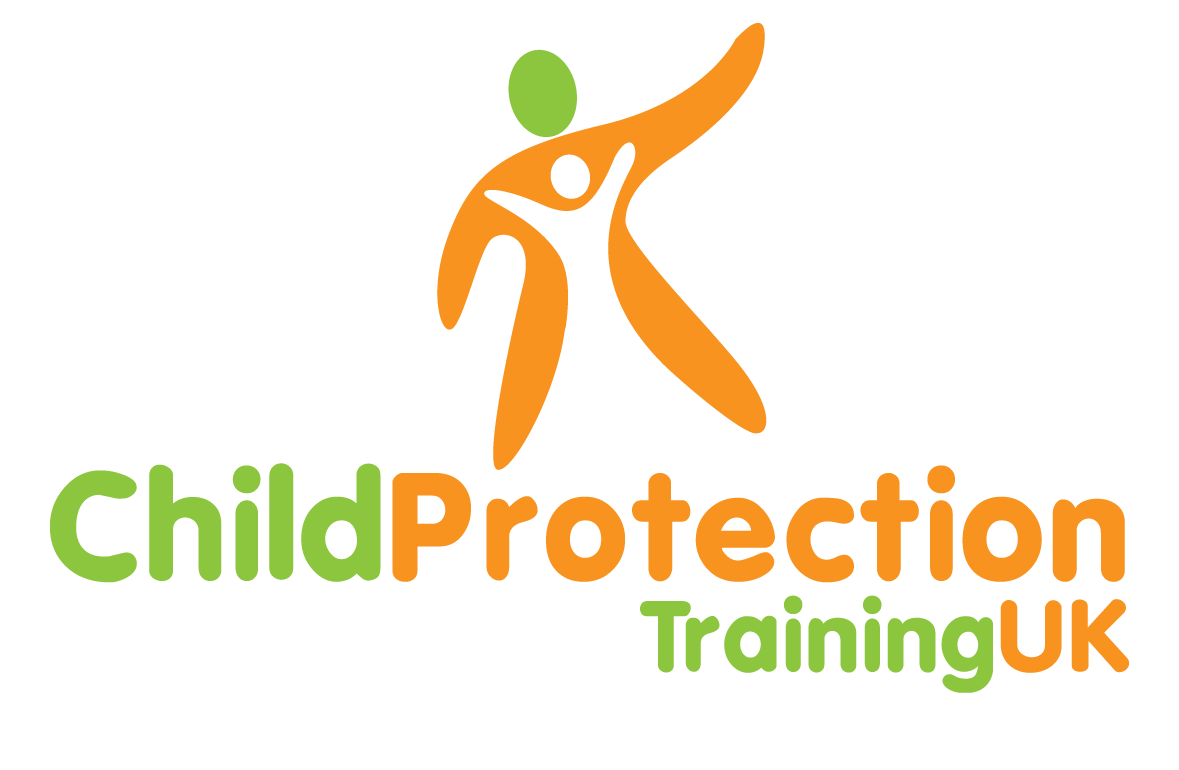- Educational visits
- Personal Living accommodation inc. onsite provision
- Overnight Supervision and Examinations
- Curriculum (sensitive topics)
- Whistle-blowing
Monthly Archives: October 2015
The Department for Education has published statistics on looked after children at both national and local authority levels for the financial year 2014-15.
| The number of looked after children has increased steadily over the past seven years. There were 69,540 looked after children at 31 March 2015, an increase of 1% compared to 31 March 2014 and an increase of 6% compared to 31 March 2011. |
| In 2015 the number of children in foster care continued to rise; of the 69,540 children looked after at 31 March, 52,050 (75%) were cared for in a foster placement. |
At 31 March 2015, 42,030 (60%) children were looked after under a care order (either an interim or full care order), a 5% increase compared to 2014 and an 8% increase since 2011. A further 19,850 (29%) children were looked after under a voluntary agreement under Section 20 of the Children Act 1989 – this number and percentage has increased steadily since 2013.
However, there has been a drop in the number of children looked after with a placement order at 31 March 2015, from 9,580 (14% of looked after children) in 2014 to 7,320 (11%) in 2015.
| Of the 69,540 children looked after at 31 March 2015, 2,630 (4%) were unaccompanied asylum seeking children. The number of looked after unaccompanied asylum seeking children has been falling since 2009, but increased by 5% between 2013 and 2014 and has increased by 29% between 2014 and 2015. |
There were 31,100 children who ceased to be looked after during the year ending 31 March 2015, an increase of 2% from the previous year’s figure of 30,600 and an increase of 15% from 2011.
|
Source: https://www.gov.uk/government/statistics/children-looked-after-in-england-including-adoption-2014-to-2015
Number of looked-after children at 30-year high, government data reveals
Number of looked-after children at 30-year high, government data reveals
The number of looked-after children is now ‘higher than at any point since 1985’, official statistics said
The population of children in care in England is at a 30-year high, official government statistics have revealed.
A total of 69,540 children were in care at the end of March 2015, the figures published today by the Department for Education said, and the number of looked-after children is “now higher than at any point since 1985”.
The figures show a continued rise in the number of children leaving care for special guardianship placements, and that there was a 15% reduction in the number of children placed for adoption at 31 March 2015 compared to the previous year, and a 24% fall in the number of children granted an adoption placement order.
More than 6,000 children who were looked after during the year 2014-15 were recorded as missing at least once from their placement, new data for this year also revealed. Just over half of these children were accommodated in secure units, children’s homes or hostels when they went missing or away from placement.
Three-quarters of looked-after children are in foster placements, the data revealed, and almost half of children in foster placements eligible for care leaver support stayed with their foster carers for three months after their 18th birthday. Just under 40% of the 26,330 former care leavers aged 19, 20 or 21, were not in education, employment or training, the figures show.
SOURCE: Community Care Website

